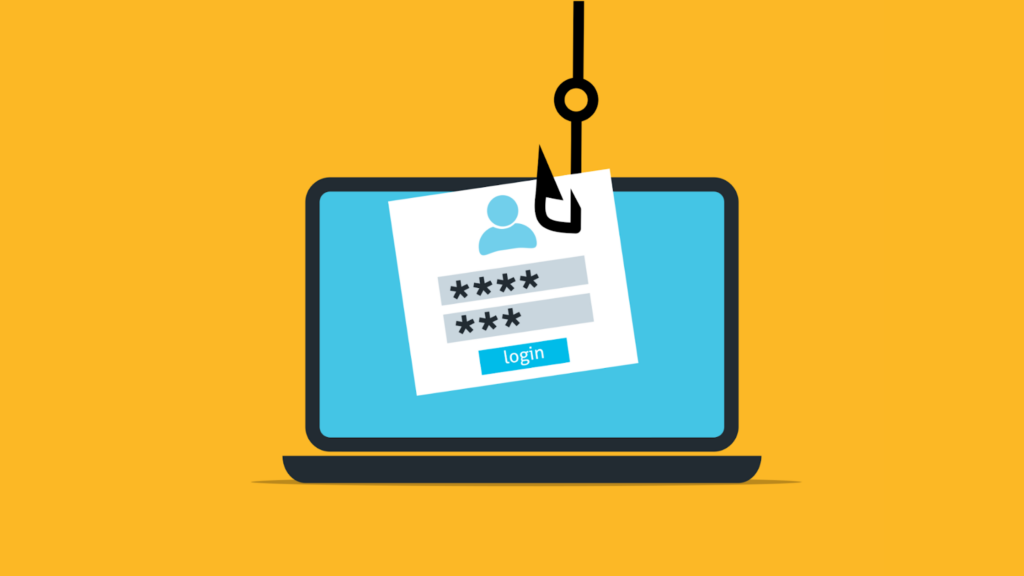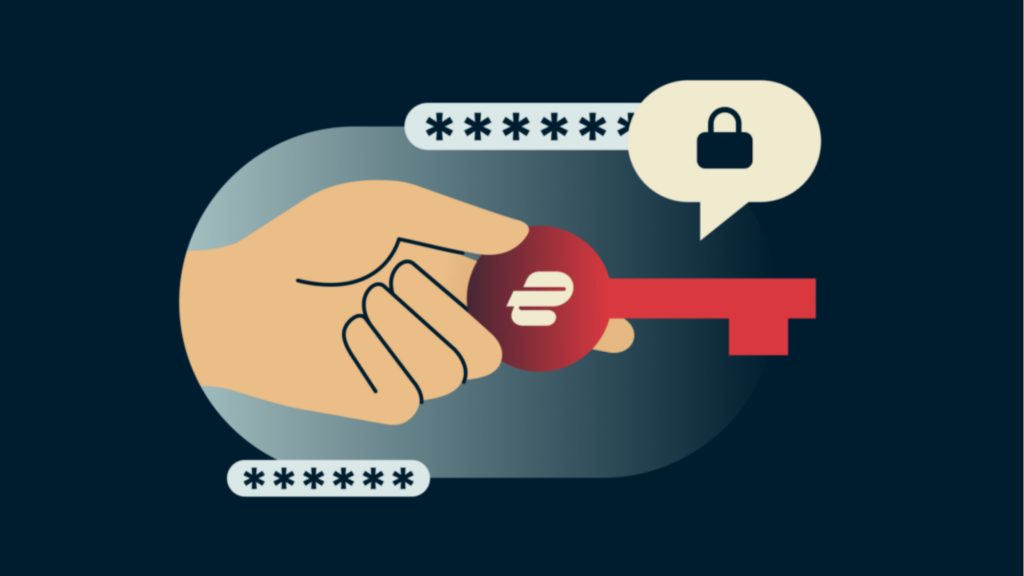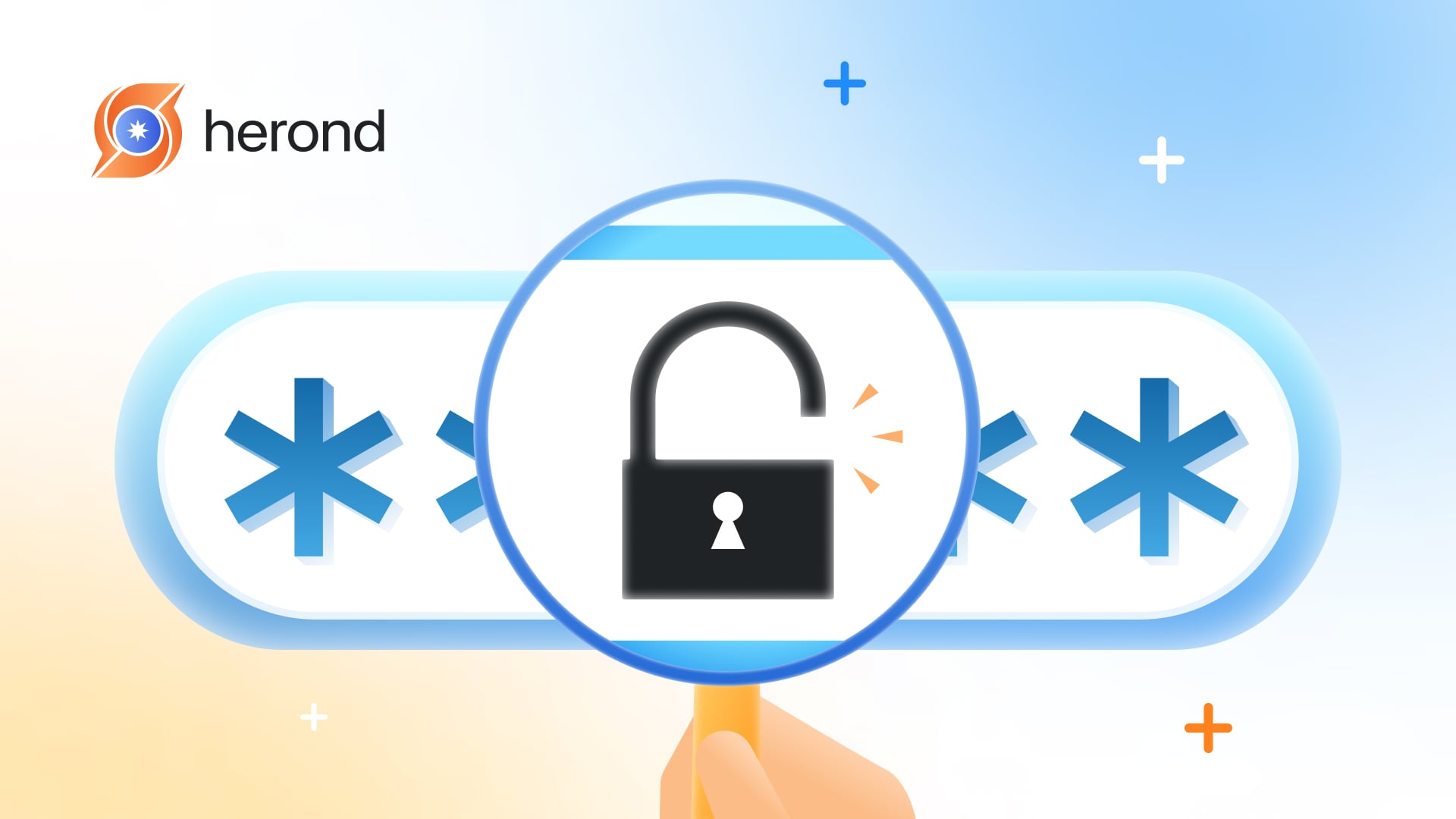In an era where our lives are increasingly digitized, the importance of online security cannot be overstated. From social media profiles to banking information, our digital accounts hold a wealth of personal data that can be vulnerable to cyberattacks. One of the most effective ways to protect this data is by using strong passwords. However, despite the critical role passwords play in safeguarding our information, many people still rely on weak, easily guessable passwords that leave them exposed to threats. This article aims to introduce to you 5 tips to create a strong password to protect yourself in the digitized life.
Why we need a strong password

Here are the key reasons why having a strong password is essential:
- Protection Against Unauthorized Access
- Defense Against Cyber Attacks
- Mitigating Phishing Risks
- Ensuring Data Integrity
- Compliance with Security Standards
- Protecting Financial Assets
- Securing Professional and Educational Accounts
Common Types Password Vulnerabilities

Password vulnerabilities are weaknesses that can be exploited by attackers to gain unauthorized access to systems, accounts, and data. Here are some common types of password vulnerabilities:
Lack of Complexity
- Character Sets: Passwords that only use letters, or only use numbers, lack the complexity needed to resist cracking like uppercase and lowercase letters, numbers, and special characters.
- Dictionary Words: Passwords that are single words found in the dictionary are vulnerable to dictionary attacks, where attackers try all words in a dictionary to find the correct one.
Predictability
- Personal Information: Passwords based on easily obtainable personal information (e.g., birthdays, names of family members, pets) can be easily guessed by attackers.
- Simple Patterns: Patterns like “abcd1234” or keyboard sequences such as “qwerty” are predictable and easily cracked.
Reuse of Passwords
- Multiple Accounts: Using the same password across multiple accounts means that if one account is compromised, all accounts with the same password are also at risk.
- Credential Stuffing: Attackers use lists of breached usernames and passwords to attempt logins on various sites, exploiting the reuse of credentials.
Poor Storage Practices
- Plain Text Storage: Storing passwords in plain text is a major security risk. If a database is compromised, attackers can immediately access all passwords.
- Weak Hashing Algorithms: Using outdated or weak hashing algorithms (e.g., MD5, SHA-1) for storing passwords can allow attackers to crack hashed passwords more easily.
Common Types of Password Attack
Password attacks are techniques used by attackers to gain unauthorized access to systems and accounts by compromising passwords. Here are some common types of password attacks:
Brute Force Attacks

Dictionary Attacks
Attackers use a predefined list of words (a dictionary) to guess passwords. These lists often include common passwords, phrases, and variations.
Phishing Attacks
Attackers trick users into revealing their passwords by pretending to be a legitimate entity through emails, messages, or websites.
Credential Stuffing
Attackers use lists of stolen usernames and passwords from previous breaches to attempt to gain access to other accounts where users have reused credentials.
Keylogging
Attackers use malware or hardware devices to record keystrokes on a victim’s device, capturing passwords and other sensitive information.
Man-in-the-Middle (MITM) Attacks
Attackers intercept communication between a user and a website to capture login credentials and other sensitive data.
Social Engineering
Attackers manipulate individuals into divulging their passwords through psychological manipulation and deception.
Password Spraying
Attackers try a small number of commonly used passwords across many accounts to avoid detection and lockout mechanisms.
Rainbow Table Attacks
Attackers use precomputed tables of hash values for all possible password combinations to quickly find the original password from its hashed value.
Offline Cracking
Attackers obtain hashed passwords from a breached database and attempt to crack them offline using various methods.
5 tips to create a strong password
Let’s explore with us the top 5 tips to create a strong password to secure your cyber experience!

Tip 1: Use a Mix of Characters
Incorporate Different Types: Include uppercase and lowercase letters, numbers, and special characters (such as !, @, #, $, etc.).
- Example: Instead of using “Password123”, create something like “P@ssw0rd!23”.
Tip 2: Make It Long
Length Matters: Aim for a password that is at least 12-16 characters long. The longer the password, the harder it is to crack.
- Example: Use a phrase or a combination of unrelated words, such as “BlueSky!3GreenGrass”.
Tip 3: Avoid Common Words and Patterns
No Common Phrases: Avoid using common words, phrases, or patterns that are easily guessable, such as “password”, “123456”, or “qwerty”.
- Example: Instead of using “Summer2024”, try “SuM$24W!nTeR@21”.
Tip 4: Use Unpredictable Combinations
Randomization: Create passwords that are unpredictable and do not follow a logical pattern. Avoid using easily accessible personal information like birthdays, names, or addresses.
- Example: Instead of using “JohnDoe1975”, use “J0hN$d0E#75!”.
Tip 5: Consider a Passphrase
Phrase-Based: A passphrase is a sequence of words or a sentence that is easy for you to remember but hard for others to guess. Include spaces or special characters to increase complexity.
- Example: Use a sentence like “Mys3cur3P@ssw0rdIs$afe!” or a series of random words like “Purple!Chair@River#Sunset”.
Best Practices for Password Management
- Password Managers: Use a password manager to generate and store strong, unique passwords for each of your accounts.
- Two-Factor Authentication (2FA): Enable 2FA where available for an additional layer of security.
- Regular Updates: Change your passwords regularly and immediately update them if you suspect any compromise.
Conclusion
Strong passwords are your first line of defense against cyber threats, and following best practices in password creation can significantly enhance your protection. Just follow 5 tips to create a strong password above and you will get secured! Remember, a strong password is more than just a necessity—it is a proactive step towards safeguarding your personal and financial information. Coupled with the use of password managers and two-factor authentication, these strategies form a comprehensive approach to online security.
About Herond Browser
Herond Browser is a Web browser that prioritizes users’ privacy by blocking ads and cookie trackers, while offering fast browsing speed and low bandwidth consumption. Herond Browser features two built-in key products:
- Herond Shield: an adblock and privacy protection tool;
- Herond Wallet: a multi-chain, non-custodial social wallet.
Herond aims at becoming the ultimate Web 2.5 solution that sets the ground to further accelerate the growth of Web 3.0, heading towards the future of mass adoption.
Join our Community!







